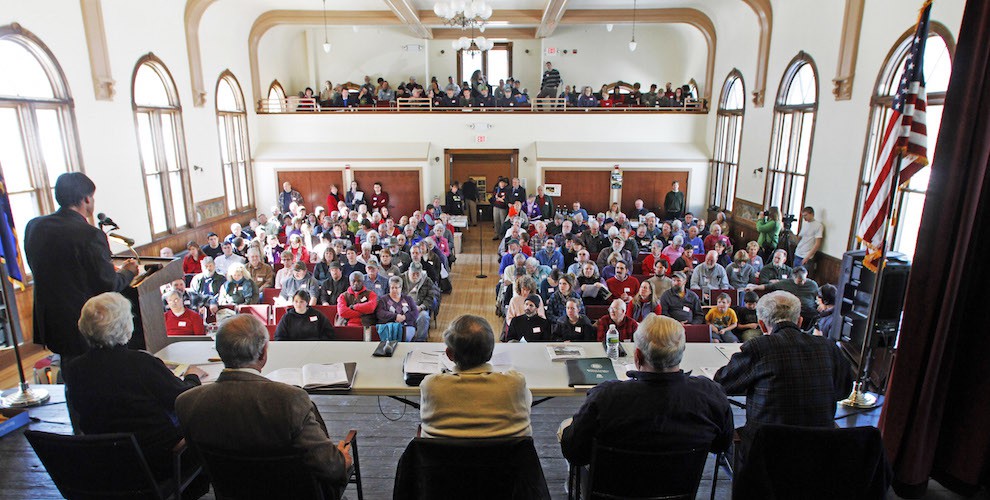Thinking back to the start of the financial crisis ten years ago is a good reminder that, like many things, stock prices do not rise in a straight line forever. It’s been a good run for the last ten years, but how much longer can the good times last? A decline is inevitable; here are some thoughts on how you can prepare your community foundation.
The morning of Monday, September 15, 2008 was quite extraordinary. Those who watched global financial markets the previous week knew that we were in for a rocky patch. The federal government had bailed out Bear Stearns in March and the Treasury had taken over Fannie Mae and Freddie Mac the weekend before. Something big was coming. We just didn’t know the extent of the damage.
Two blockbuster headlines greeted us that morning. First, BankAmerica was buying Merrill Lynch – perhaps the stodgiest of the stodgy brokerage firms, which was created the same year the first community foundation was launched in Cleveland in 1914. But more ominously, Lehman Brothers, a fixture on Wall Street for more than 150 years, filed for bankruptcy.
Stock prices swooned. The S&P 500 index was already down 22% from it’s high the previous year. In the next six months it would plunge another 47%.
Both Merrill and Lehman had been brought down by “toxic debt” – securities that many thought were safe but which were, in fact, close to worthless. These securities – various forms of bonds made up of home mortgages – were widely held in the financial field – including by community foundations.
The collapse of Lehman is now parodied in popular culture. In the movie Despicable Me, the main character Gru travels to the Bank of Evil, the bank that funds all evil plots for villains around the world, to try to take out a loan. As he passes under the banner with the bank's name, under "Bank of Evil", in small letters, it reads, "Formerly Lehman Brothers". Even Disney has gotten into the act. The animated film Zootopia depicts a financial firm called "Lemming Brothers", staffed by lemmings. The double meaning is obvious.
The effects of the market decline on our community foundation were profound. Our grantmaking slumped as we applied a payout ratio to a much smaller investment portfolio. And our operating budget, built on quarterly fees, generated revenue 30% below what we had projected.
What can you do to get ready for the next market decline? There’s at least three things to consider.
First, have an intentional discussion with your investment committee, and your investment managers, regarding the impact of a stock market decline on your portfolio. Do you have a sensible asset mix? Are you overly exposed to risky stocks? Put the question on the table, and get some answers.
Second, brace your operating budget for a market decline. Do you have a cash balance sufficient to weather an extended period of lower stock prices? Are there elements of your operating budget that can be deferred, if necessary?
Finally, educate your board, your donors and the nonprofit organizations you support. Community foundations last forever, which means they can and will be exposed to the ups and downs of financial cycles. A drop in the stock market will mean a cutback in your grantmaking, but tough times don’t last forever. You will ride out the storm, and come back even stronger.
I’m not predicting a financial crisis, and I have no idea how serious or prolonged the next financial slump will be. But financial cycles are inevitable, and community foundations should be prepared. “History does not repeat itself,” Mark Twain has written, “But it often rhymes”.
